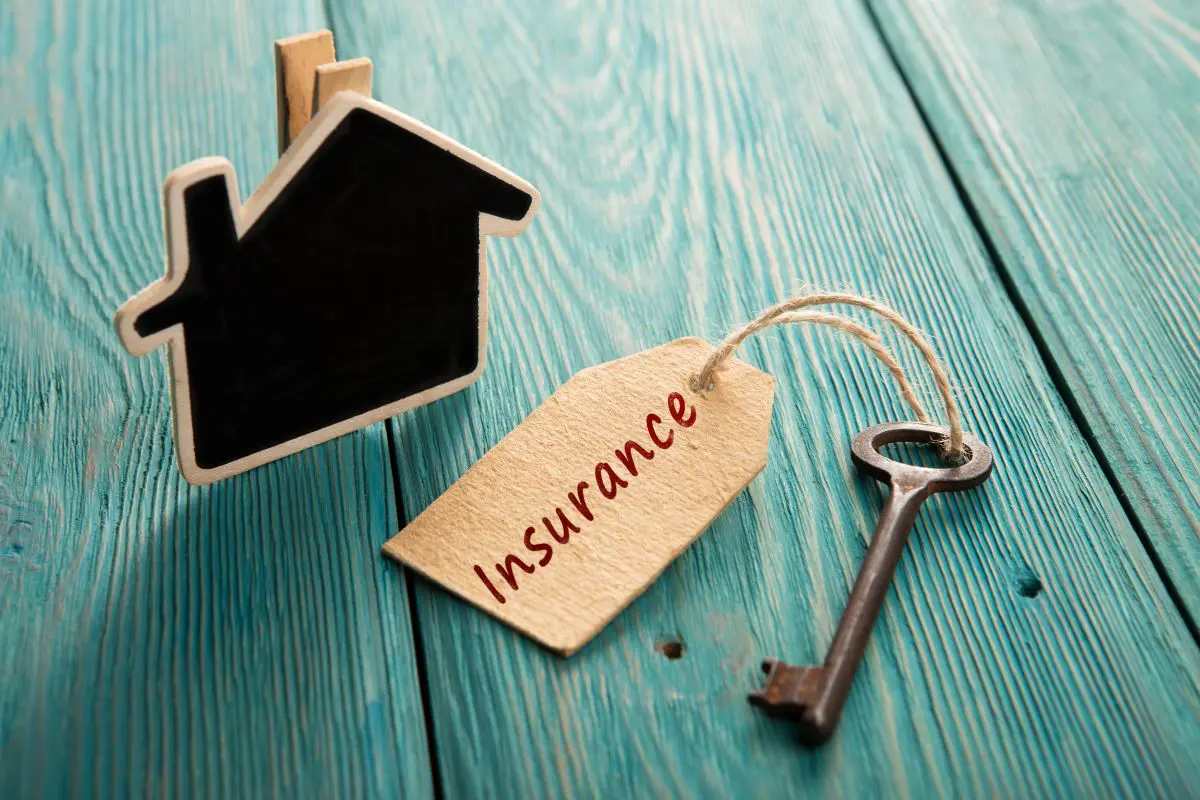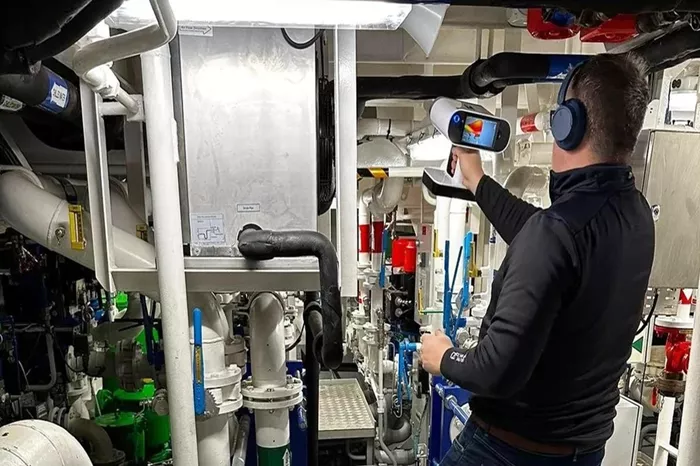Home insurance is a critical aspect of homeownership. It protects your most significant investment against various risks and provides peace of mind. Understanding what your home insurance covers is essential to ensure you are adequately protected. In this article, we will explore the different types of coverage included in a typical home insurance policy in the USA, along with specific examples and scenarios.
Understanding Home Insurance Coverage
Dwelling Coverage
Dwelling coverage is the cornerstone of a home insurance policy. It covers the physical structure of your home, including walls, roof, floors, and built-in appliances. This coverage is crucial in case of damage caused by events such as: Fire, Windstorms, Hail, Lightning, Vandalism, Falling objects. For example, if a tree falls on your house during a storm, dwelling coverage will pay for the repairs to your roof and any other structural damage.
Other Structures Coverage
Other structures coverage protects structures on your property that are not attached to your home, such as: Garages, Sheds, Fences, Gazebos. If a storm damages your detached garage, this coverage will help pay for the repairs. Typically, other structures coverage is a percentage of your dwelling coverage limit, often around 10%.
Personal Property Coverage
Personal property coverage protects your personal belongings, including: Furniture, Electronics, Clothing, Appliances, Jewelry. This coverage applies whether your belongings are in your home, car, or even with you while you travel. If your laptop is stolen from your car, personal property coverage will help replace it.
Loss of Use Coverage
Loss of use coverage, also known as additional living expenses (ALE) coverage, helps pay for temporary living expenses if your home becomes uninhabitable due to a covered event. This includes: Hotel stays, Restaurant meals, Transportation costs, Rental homes. For instance, if a fire damages your home and you need to stay in a hotel while repairs are made, ALE coverage will help cover these additional costs.
Liability Coverage
Liability coverage protects you against lawsuits for bodily injury or property damage that you or your family members cause to others. This coverage includes: Legal fees, Medical expenses, Settlements or judgments. If a guest slips and falls on your icy driveway, liability coverage can help pay for their medical bills and any legal fees if they sue you.
Medical Payments Coverage
Medical payments coverage, or MedPay, covers medical expenses for guests who are injured on your property, regardless of fault. This coverage typically has lower limits, usually ranging from $1,000 to $5,000. It helps pay for: Doctor’s visits, Hospital stays, X-rays, Ambulance rides. For example, if a neighbor’s child falls and gets hurt while playing in your yard, MedPay can cover their medical bills.
Perils Covered by Home Insurance
Fire and Smoke Damage
Fire and smoke damage are among the most common perils covered by home insurance. This includes damage from: House fires, Wildfires, Smoke damage. If a kitchen fire spreads and causes extensive damage, your home insurance will cover the cost of repairs or rebuilding.
Windstorm and Hail Damage
Home insurance typically covers damage caused by windstorms and hail, including: Tornadoes, Hurricanes, Severe thunderstorms. If a hailstorm breaks your windows and damages your roof, your policy will help cover the repair costs.
Water Damage
Water damage caused by sudden and accidental events is usually covered, such as: Burst pipes, Accidental overflow from appliances, Rain entering through a damaged roof. However, flood damage is not covered under standard home insurance and requires separate flood insurance.
Theft and Vandalism
Home insurance covers losses from theft and vandalism, including: Stolen personal property, Damage caused by break-ins. If your home is burglarized, your policy will help replace stolen items and repair any damage caused during the break-in.
Falling Objects
Damage caused by falling objects, such as tree branches or debris from a storm, is typically covered. If a heavy branch falls and damages your roof, your insurance will help pay for repairs.
Lightning Strikes
Lightning strikes can cause fires or electrical surges that damage your home and personal property. Home insurance covers repairs and replacements resulting from lightning damage.
Explosions
Though rare, explosions can cause significant damage. Home insurance covers damage from explosions, whether from gas leaks, fireworks, or other causes.
Exclusions and Limitations
Flood Damage
Standard home insurance policies do not cover flood damage. To protect your home against flooding, you need to purchase separate flood insurance through the National Flood Insurance Program (NFIP) or a private insurer.
Earthquake Damage
Home insurance does not cover damage caused by earthquakes. If you live in an area prone to earthquakes, consider purchasing separate earthquake insurance.
Wear and Tear
Home insurance does not cover damage resulting from normal wear and tear, maintenance issues, or neglect. Regular maintenance and timely repairs are crucial to avoid damage that is not covered.
Intentional Acts
Damage resulting from intentional acts by the homeowner or family members is not covered. This includes arson or deliberate destruction of property.
High-Value Items
While personal property coverage protects your belongings, high-value items such as jewelry, art, and collectibles may have limited coverage. Consider purchasing additional coverage or a rider to ensure these items are fully protected.
Additional Coverage Options
Scheduled Personal Property
Scheduled personal property coverage allows you to insure high-value items individually. This provides higher coverage limits and often broader protection. Items you might schedule include: Jewelry, Fine art, Antiques, Collectibles.
Umbrella Insurance
Umbrella insurance provides additional liability coverage beyond the limits of your home and auto insurance policies. It offers extra protection if you are sued for damages that exceed your primary policy limits.
Flood Insurance
As mentioned earlier, standard home insurance does not cover flood damage. Purchasing separate flood insurance is essential if you live in a flood-prone area.
Earthquake Insurance
Earthquake insurance provides coverage for damage caused by earthquakes, including repairs to your home and replacement of personal property.
Home Business Insurance
If you run a business from your home, consider home business insurance. It provides additional coverage for business-related equipment, inventory, and liability.
see also:Top 10 Best Tenant Insurance Companies
Real-Life Examples of Home Insurance Claims
Example 1: Fire Damage
Scenario
A fire breaks out in the kitchen, causing extensive damage to the home’s structure and personal property.
Outcome
The homeowner files a claim with their insurance company. The policy covers the cost of repairs to the kitchen, replacing damaged personal property, and additional living expenses while the home is being repaired.
Example 2: Burglary
Scenario
A homeowner returns from vacation to find their home burglarized. Several valuable items, including electronics and jewelry, are stolen.
Outcome
The homeowner files a claim, and the insurance company reimburses them for the stolen items based on their home inventory list. The policy also covers the cost of repairing damage caused during the break-in.
Example 3: Water Damage
Scenario
A pipe bursts in the middle of the night, flooding the basement and damaging furniture and appliances.
Outcome
The homeowner files a claim, and the insurance company covers the cost of repairing the pipe, cleaning up the water damage, and replacing damaged personal property.
Example 4: Liability Claim
Scenario
A guest slips and falls on an icy driveway, suffering a broken leg. The guest files a lawsuit for medical expenses and pain and suffering.
Outcome
The homeowner’s liability coverage pays for the guest’s medical expenses, legal fees, and settlement costs, protecting the homeowner from financial ruin.
Example 5: Windstorm Damage
Scenario
A severe windstorm causes a tree to fall on the roof, damaging the structure and allowing rain to enter the home.
Outcome
The homeowner files a claim, and the insurance company covers the cost of removing the tree, repairing the roof, and addressing water damage to the interior.
Tips for Maximizing Your Home Insurance Coverage
Regularly Review and Update Your Policy
Review your home insurance policy annually to ensure it meets your needs. Update your coverage if you make significant improvements or acquire valuable items.
Create and Maintain a Home Inventory
Create a detailed home inventory of your personal belongings, including photos, descriptions, and estimated values. Keep the inventory updated to simplify the claims process.
Understand Policy Exclusions and Limitations
Familiarize yourself with your policy’s exclusions and limitations. Consider purchasing additional coverage for risks not covered by your standard policy, such as floods or earthquakes.
Take Preventive Measures
Take steps to reduce the risk of damage to your home, such as: Installing smoke detectors and security systems, Performing regular maintenance, Addressing potential hazards promptly.
Bundle Insurance Policies
Consider bundling your home insurance with other policies, such as auto insurance, to receive discounts and simplify your insurance management.
Conclusion
Understanding what your home insurance covers is essential for protecting your home and personal belongings. A comprehensive home insurance policy in the USA typically includes dwelling coverage, other structures coverage, personal property coverage, loss of use coverage, liability coverage, and medical payments coverage. Additionally, knowing the common perils covered and the exclusions is crucial for ensuring you have adequate protection.
By regularly reviewing and updating your policy, maintaining a home inventory, and taking preventive measures, you can maximize your coverage and ensure peace of mind. If you have high-value items or live in an area prone to specific risks, consider purchasing additional coverage options like scheduled personal property, umbrella insurance, flood insurance, or earthquake insurance. With the right home insurance policy in place, you can rest assured that you are prepared for life’s unexpected events and can recover quickly and financially secure from any potential losses.






















